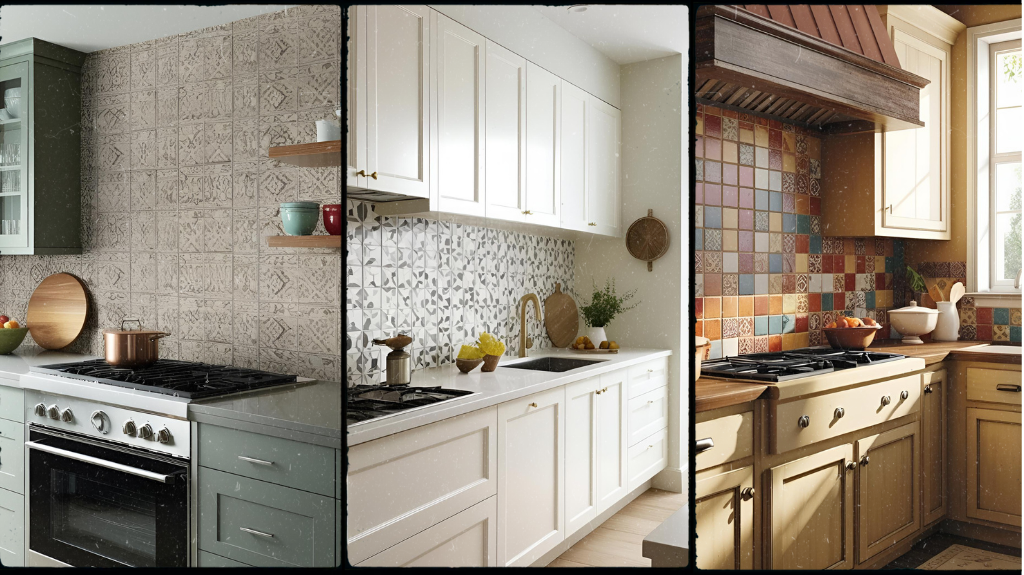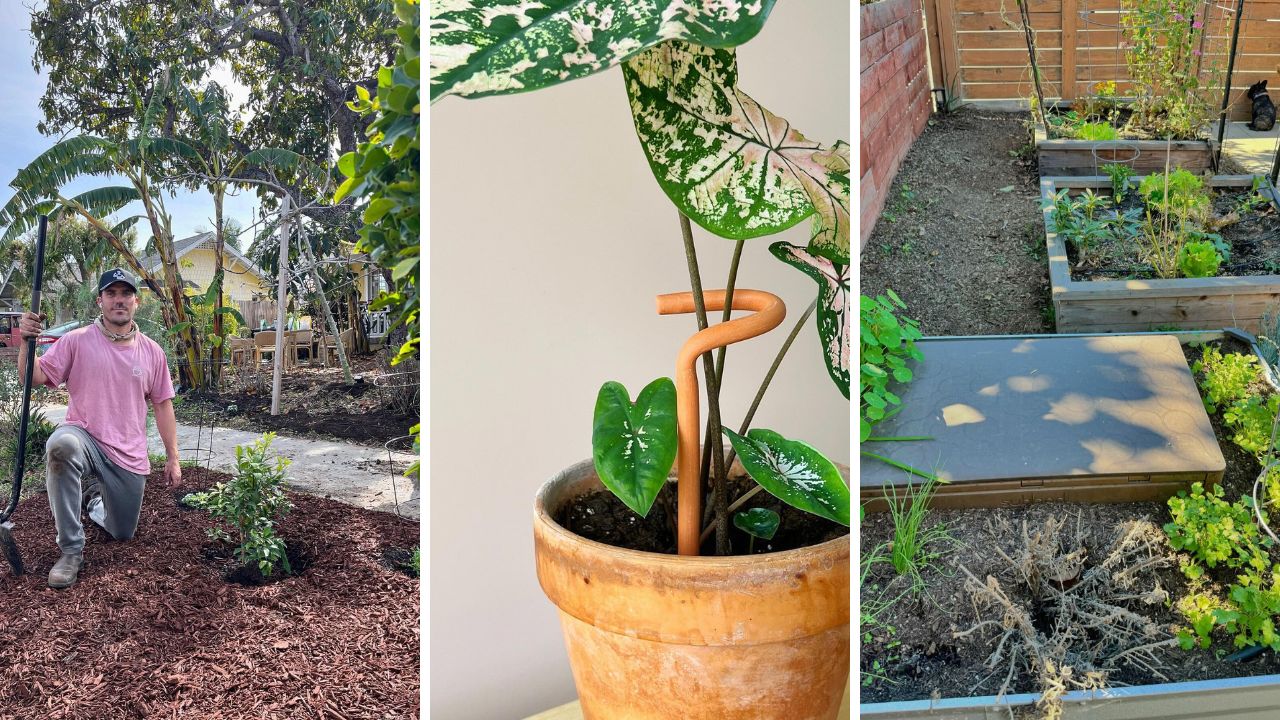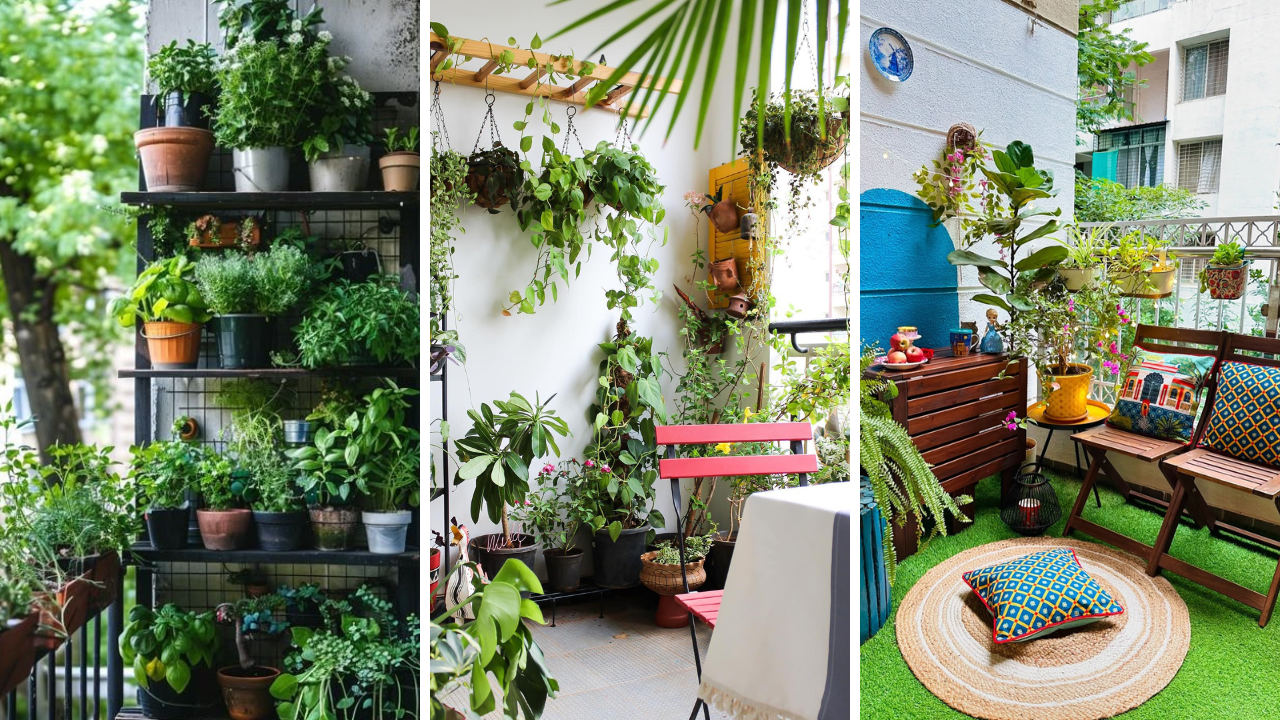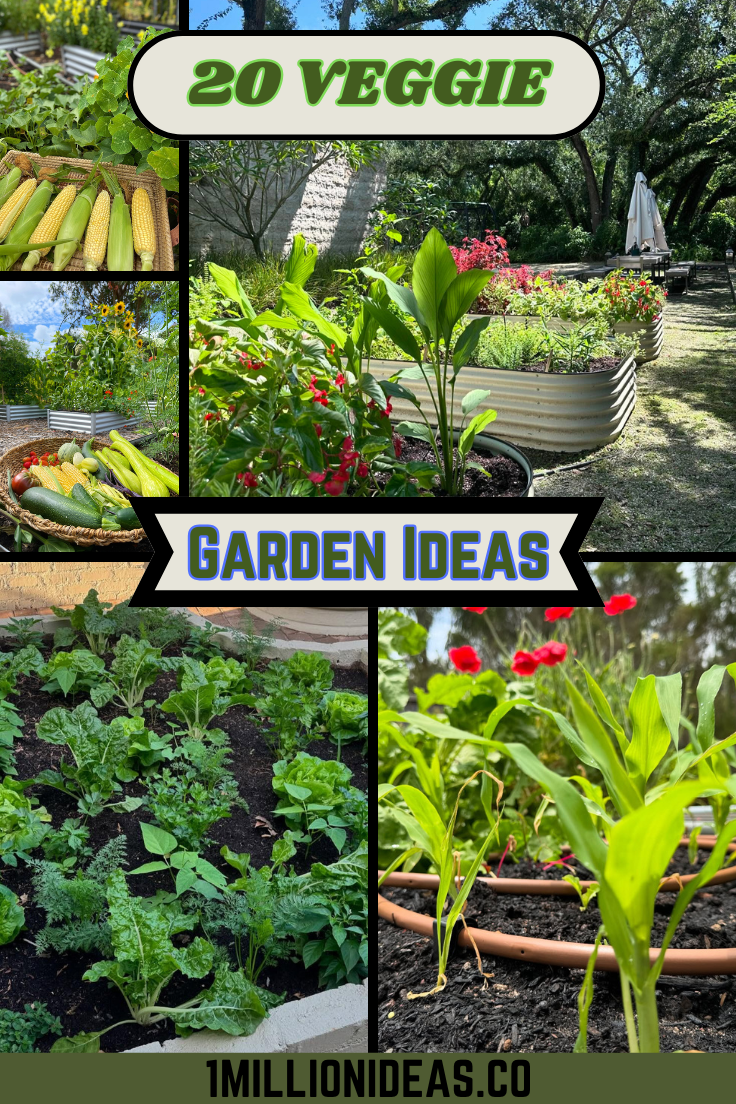
A thriving vegetable garden doesn’t happen by chance—it requires smart planning, efficient techniques, and a bit of creativity. Whether you have a sprawling backyard or a small patio space, there are countless ways to maximize your harvest and get the most out of your garden. From vertical gardening solutions to strategic plant pairings, this guide will walk you through the best methods to grow an abundant and productive vegetable garden. Plus, we’ll introduce must-have tools and accessories to make your gardening journey easier and more enjoyable. Let’s dive into these 20 innovative ideas that will help you grow more vegetables with less effort.
1. Raised Garden Beds for Better Yield
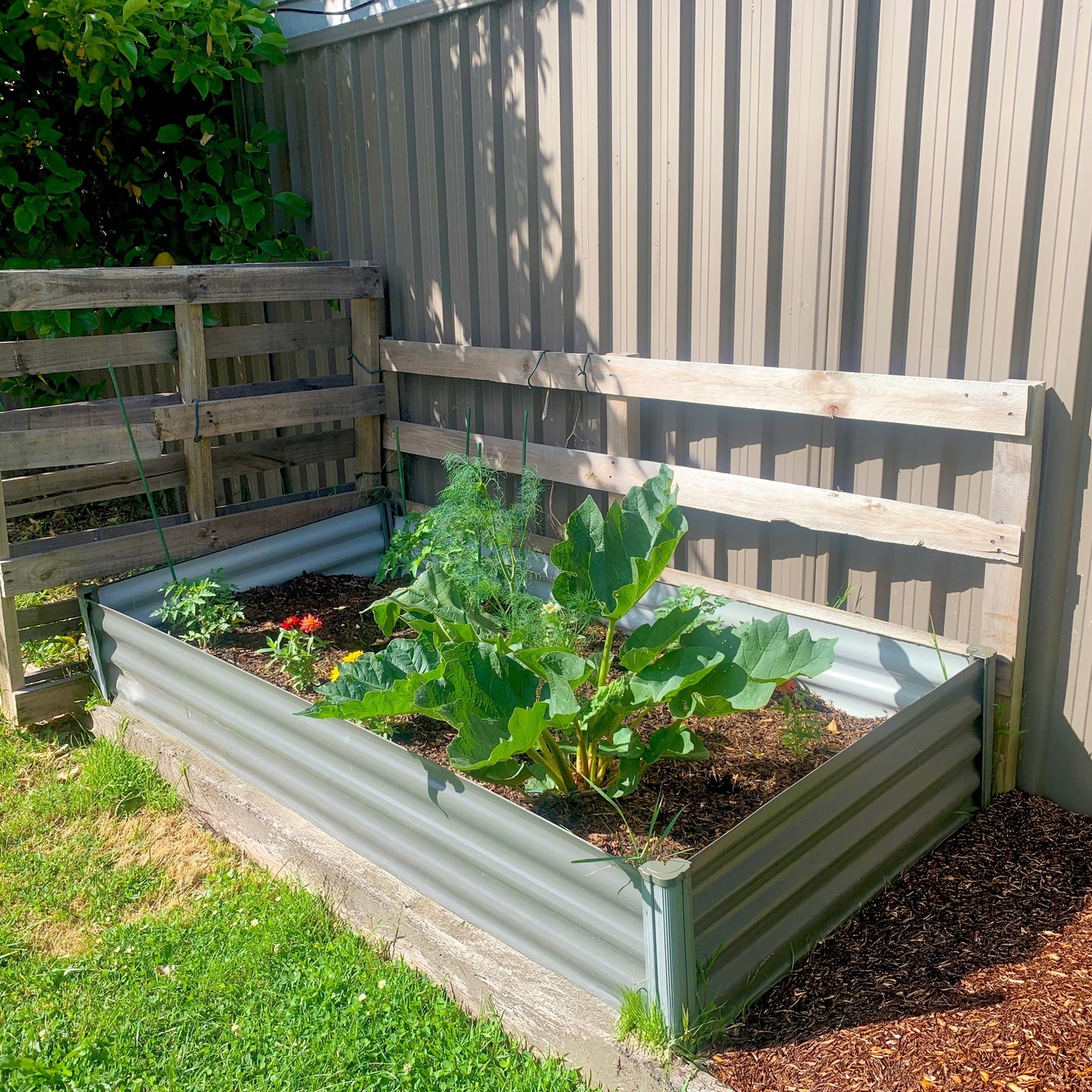
source@theorganicgardencoau
Raised garden beds are a game-changer for maximizing your harvest. They provide better drainage, prevent soil compaction, and allow you to control soil quality with ease. By elevating your planting area, you also minimize the risk of soil-borne diseases and weeds, which can significantly impact your vegetable yield. Raised beds warm up faster in the spring, giving your plants a head start. They are particularly useful for root vegetables like carrots, radishes, and beets, which thrive in loose, well-aerated soil. Consider using durable, rot-resistant materials such as cedar or galvanized metal for long-lasting raised beds.
2. Companion Planting to Boost Growth
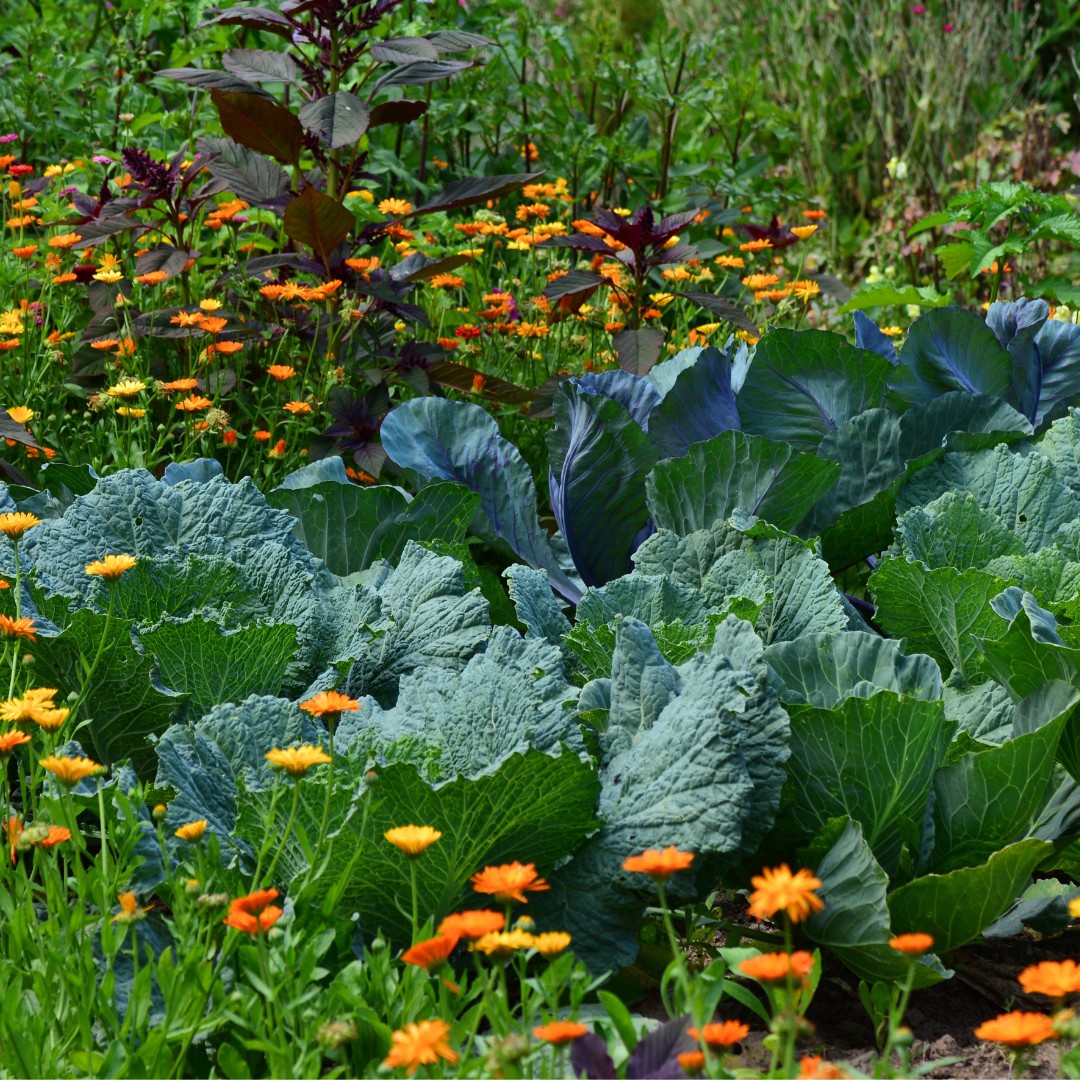
source@figarosgarden
Companion planting is a natural and effective way to enhance your vegetable garden’s productivity. Some plants work better together by repelling pests, improving soil nutrients, and even enhancing flavor. For example, tomatoes and basil make an excellent pair—basil not only improves the taste of tomatoes but also deters insects like aphids and whiteflies. Similarly, planting marigolds alongside vegetables like beans and peppers can keep harmful nematodes at bay. Strategic companion planting ensures your garden remains healthy while producing a more bountiful harvest.
3. Vertical Gardening to Save Space
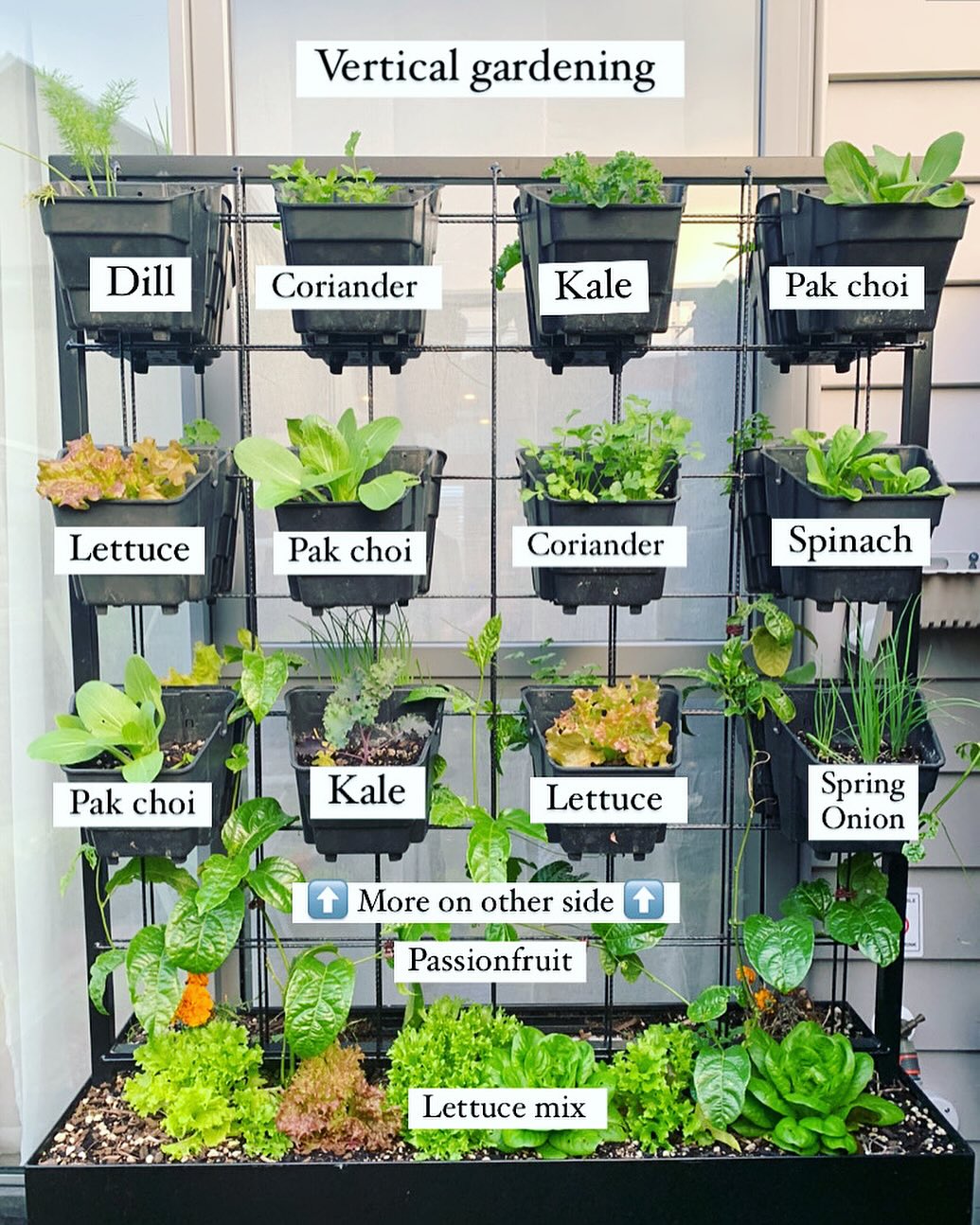
source@diyplantman
If you’re short on space, vertical gardening is the perfect solution to maximize your harvest. By growing vegetables upwards instead of outwards, you can increase your planting area without needing extra ground space. Trellises, wall-mounted planters, and hanging baskets allow you to grow climbing crops such as cucumbers, beans, and peas with ease. Not only does vertical gardening save space, but it also improves air circulation, reducing the chances of fungal diseases. Plus, harvesting becomes a breeze since you won’t have to bend down as much!
4. Grow Bags for Flexible Gardening
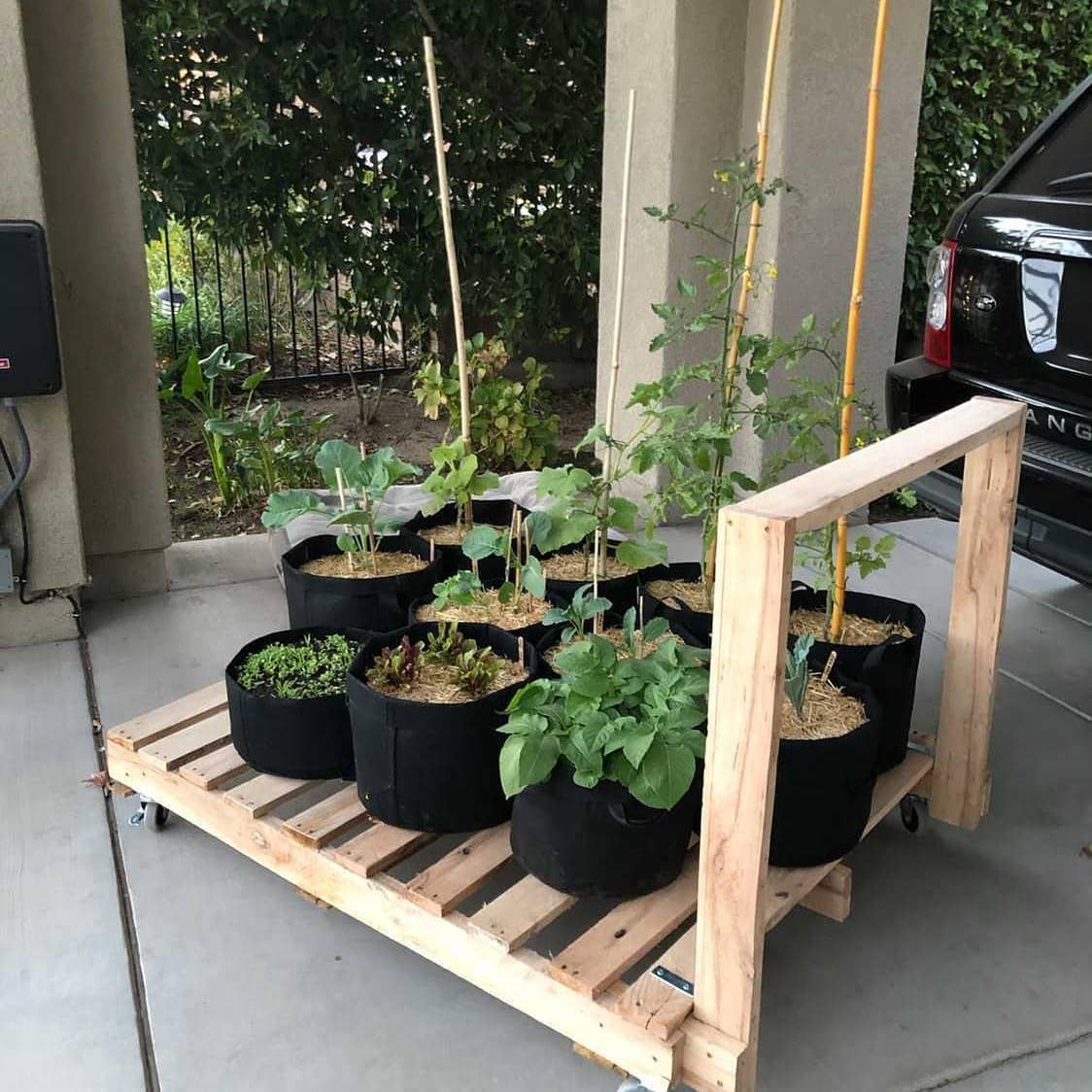
source@epicgardening
Grow bags are an excellent alternative to traditional pots and raised beds, especially for those who want a flexible and mobile gardening setup. These fabric bags allow for superior aeration and drainage, preventing root rot and promoting healthy plant growth. They are particularly effective for growing potatoes, tomatoes, and peppers, as they provide ample space for root expansion. Grow bags are also perfect for renters or gardeners who like to experiment with different layouts each season, as they can be moved around to optimize sunlight exposure.
5. Use Cold Frames for Year-Round Growing
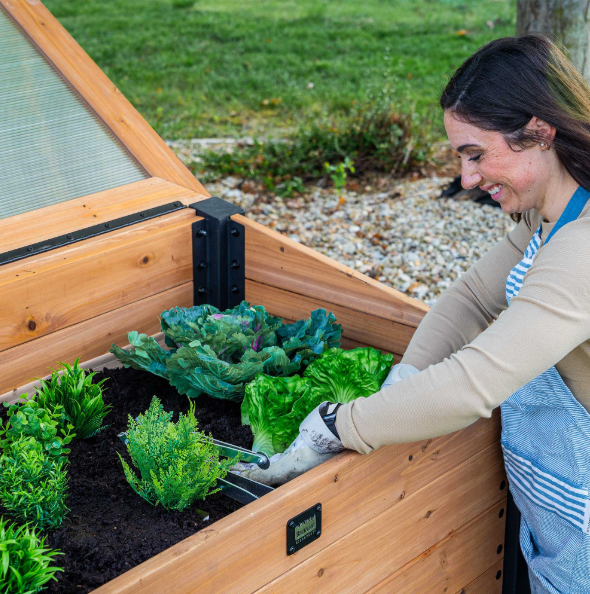
source@backyarddiscovery
If you want to extend your growing season, cold frames are an invaluable tool. These mini-greenhouses trap heat and protect tender plants from frost, allowing you to start planting earlier in the spring and continue growing into late fall. They work particularly well for leafy greens like lettuce, spinach, and kale, which can tolerate cooler temperatures. Cold frames can be built using simple materials like old windows or clear plastic covers, making them an affordable and effective solution for year-round gardening.
6. Square Foot Gardening for Maximum Efficiency
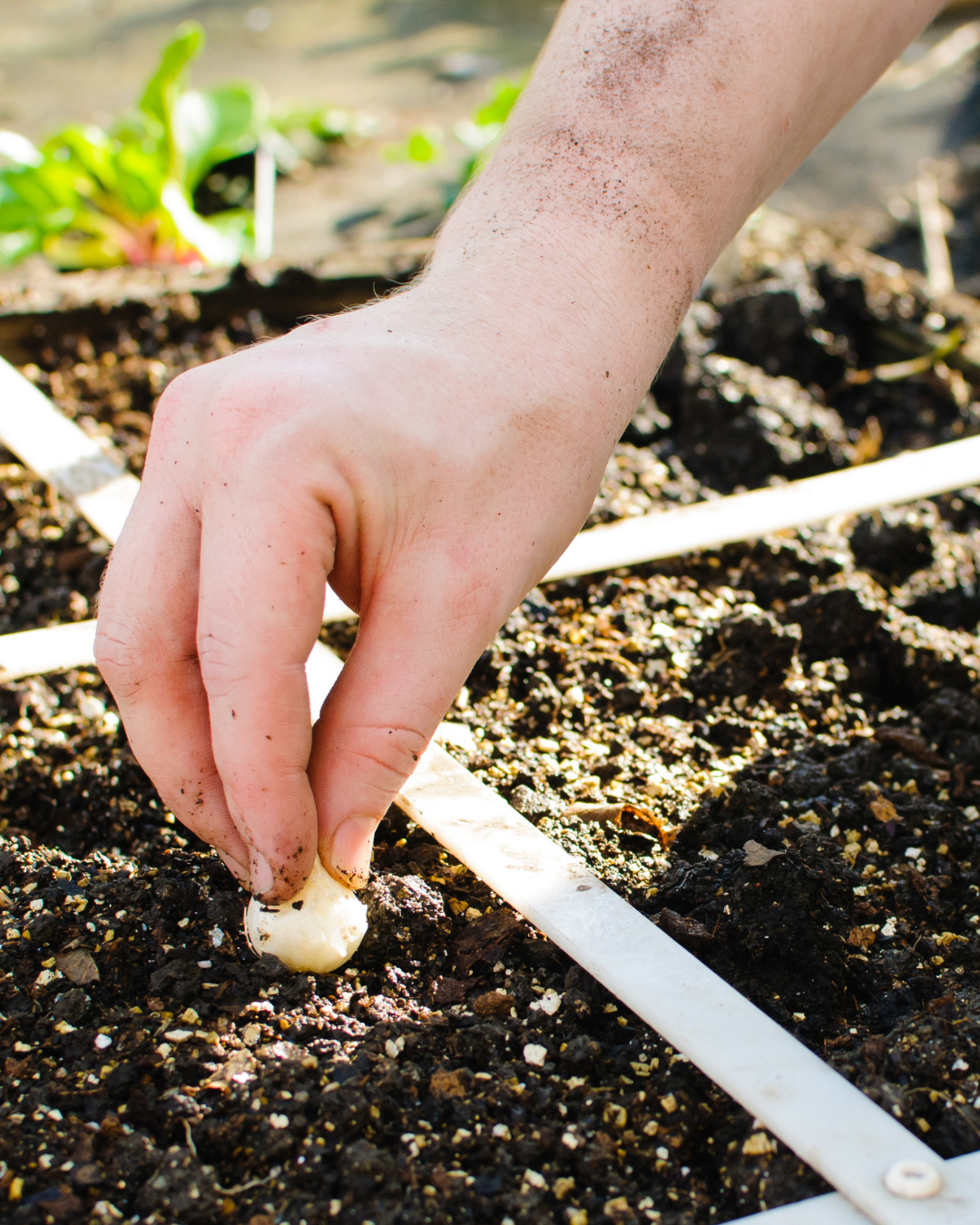
source@wellnessmama
Square foot gardening is a method that divides your garden into small, manageable sections to optimize space and minimize waste. By planting in grids rather than traditional rows, you can grow more vegetables in a compact area. This technique is particularly useful for urban gardeners or those with limited space. Each square is dedicated to a specific type of vegetable, ensuring that every inch of soil is utilized effectively. Square foot gardening also makes it easier to manage pests and weeds, leading to a healthier and more productive garden.
7. Invest in High-Quality Organic Soil
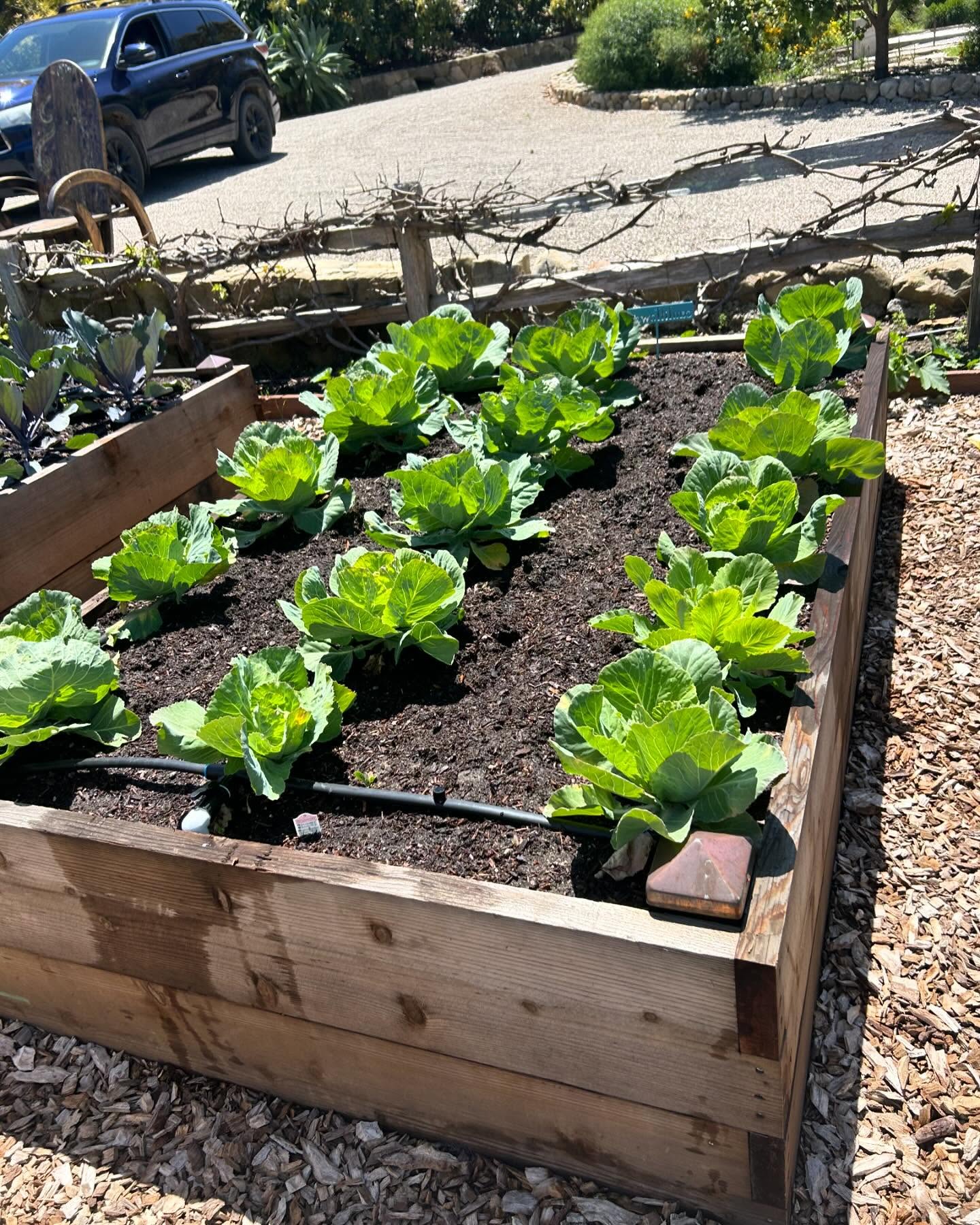
source@peachhillsoils
The foundation of a successful vegetable garden starts with nutrient-rich soil. High-quality organic soil is packed with essential minerals and beneficial microbes that promote plant health and boost yields. Before planting, test your soil’s pH and nutrient levels to determine what amendments may be needed. Adding compost, worm castings, and organic fertilizers will enrich your soil and create the perfect growing environment for your vegetables. Healthy soil retains moisture better, reducing the need for frequent watering and ensuring your plants thrive throughout the season.
8. Drip Irrigation for Water Efficiency
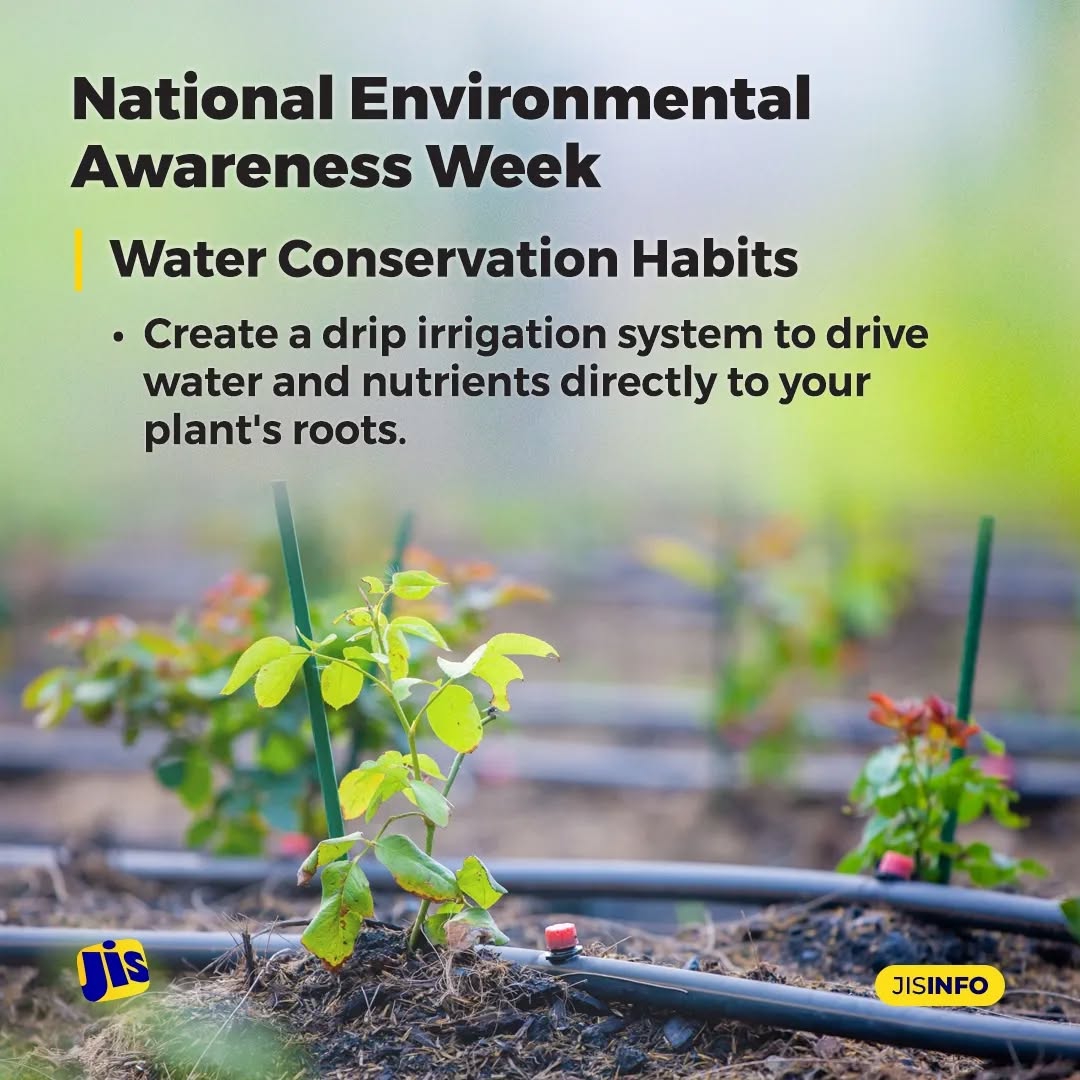
source@jisvoice
Watering your garden efficiently is crucial for plant health and conserving resources. Drip irrigation systems deliver water directly to the roots, reducing evaporation and runoff. This method ensures that plants receive a consistent water supply without over-saturating the soil. Drip irrigation is particularly beneficial for crops like tomatoes, peppers, and squash, which require consistent moisture to thrive. Setting up a drip irrigation system may require an initial investment, but it saves time and effort in the long run while promoting healthier plant growth.
9. Use Mulching to Retain Moisture
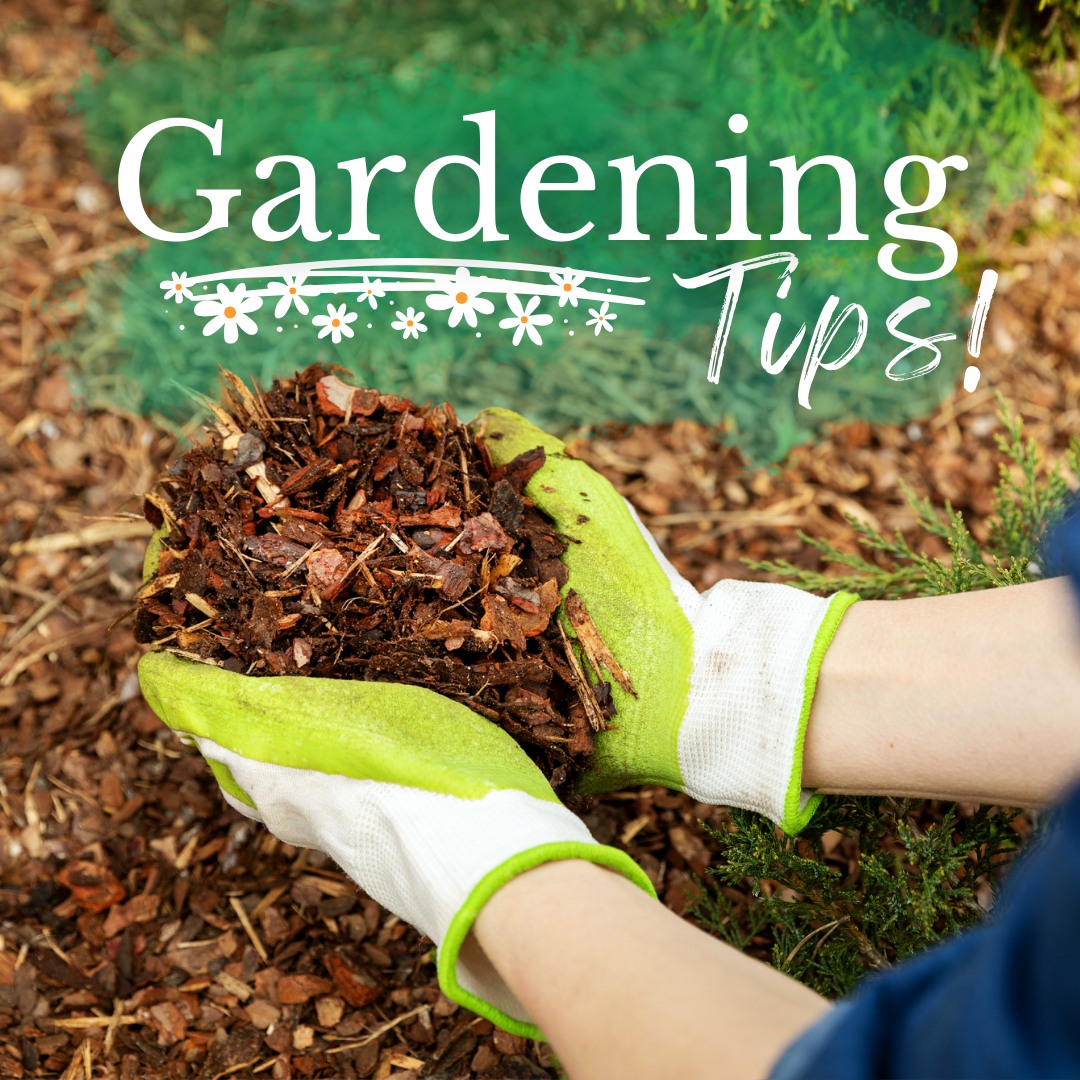
source@shangrilasprings
Mulching is one of the easiest ways to improve soil moisture retention and suppress weeds. Organic mulches like straw, wood chips, and grass clippings act as a protective barrier, preventing the sun from drying out the soil too quickly. Mulch also provides essential nutrients as it decomposes, enriching the soil and improving its structure. In addition to water conservation, mulching helps regulate soil temperature, keeping plant roots cool in the summer and warm in the winter.
10. Grow Vegetables in Containers
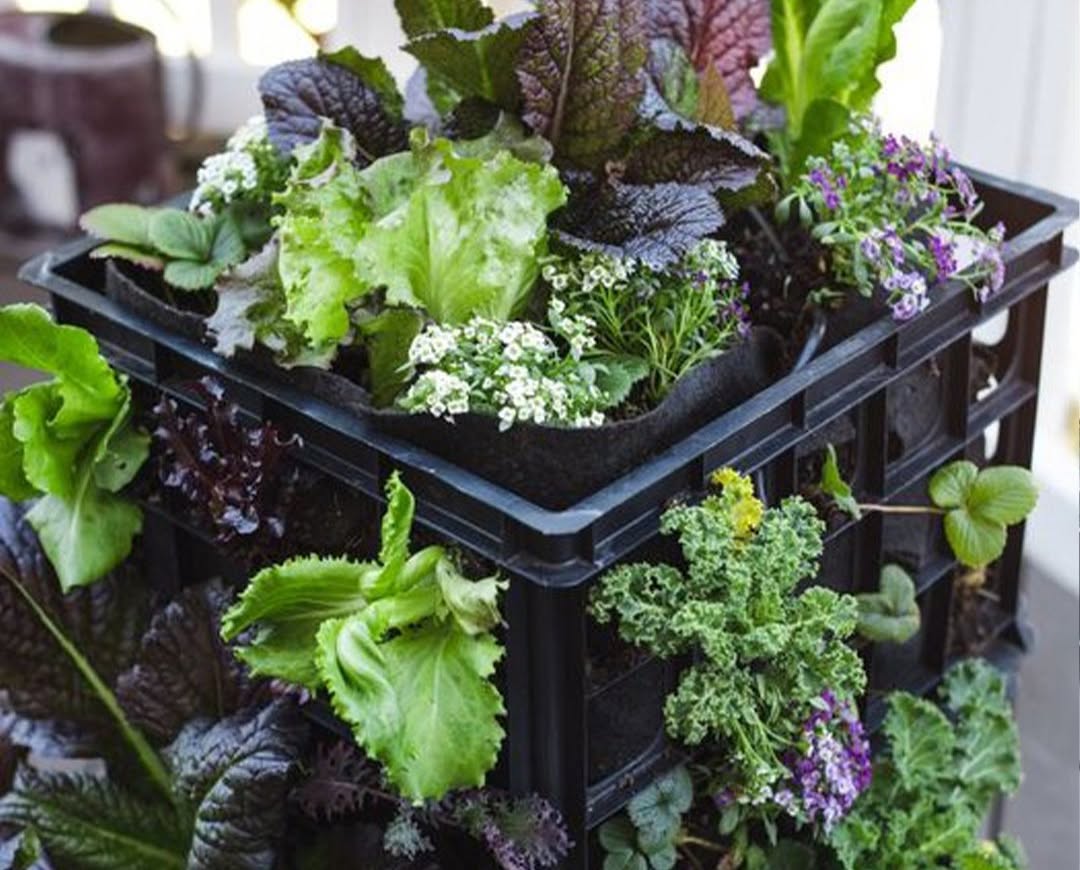
source@smartpots
Container gardening is a fantastic option for those with limited outdoor space. Many vegetables, including tomatoes, peppers, and lettuce, can thrive in containers as long as they have adequate drainage and nutrient-rich soil. The best part about container gardening is its flexibility—you can move pots around to optimize sunlight exposure and protect plants from extreme weather. Investing in self-watering containers can further reduce maintenance and ensure that your plants stay hydrated even during hot summer months.
11. Succession Planting for Continuous Harvest
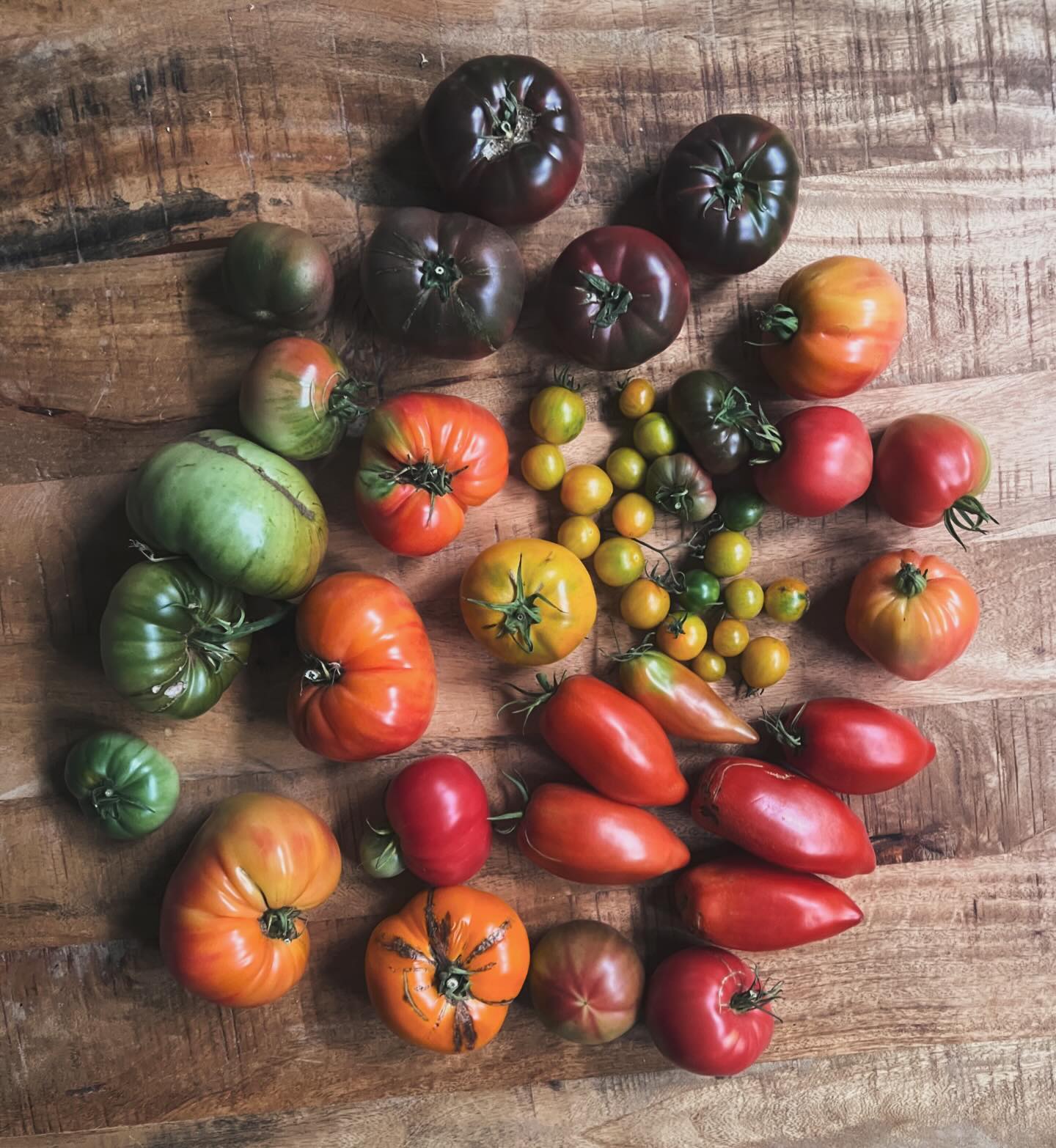
source@liver_and_lung_llc
One of the best ways to maximize your vegetable garden’s yield is by practicing succession planting. Instead of planting everything at once, stagger your plantings to ensure a continuous supply of fresh produce throughout the season. For example, plant a row of lettuce every two weeks rather than all at once so you can harvest fresh greens consistently. This method works exceptionally well for fast-growing crops like radishes, carrots, and green beans. Succession planting also helps prevent overcrowding and keeps your garden productive even as some plants reach the end of their lifecycle.
12. Intercropping to Make the Most of Space
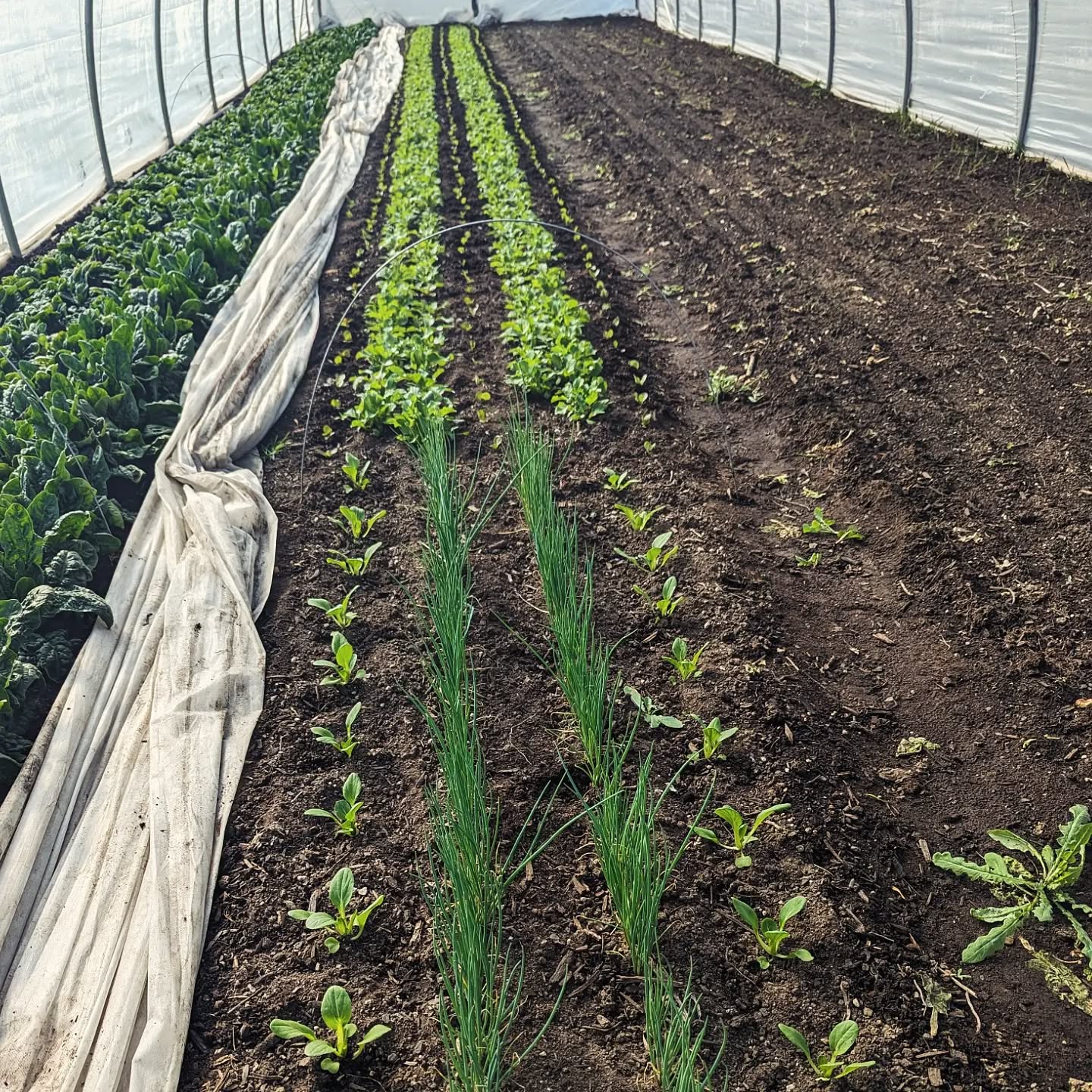
source@sungroundedfarm
Intercropping is another efficient way to increase your harvest without expanding your garden space. This technique involves growing two or more crops together that complement each other’s growth. For example, planting fast-growing radishes between rows of slower-growing carrots maximizes space while reducing weeds. Likewise, climbing beans can be grown alongside corn, using the stalks as natural trellises. By selecting crops with different root depths and growth habits, you can make the most of every inch of your garden while boosting biodiversity and reducing the risk of pests and diseases.
13. Install a Greenhouse for an Extended Growing Season
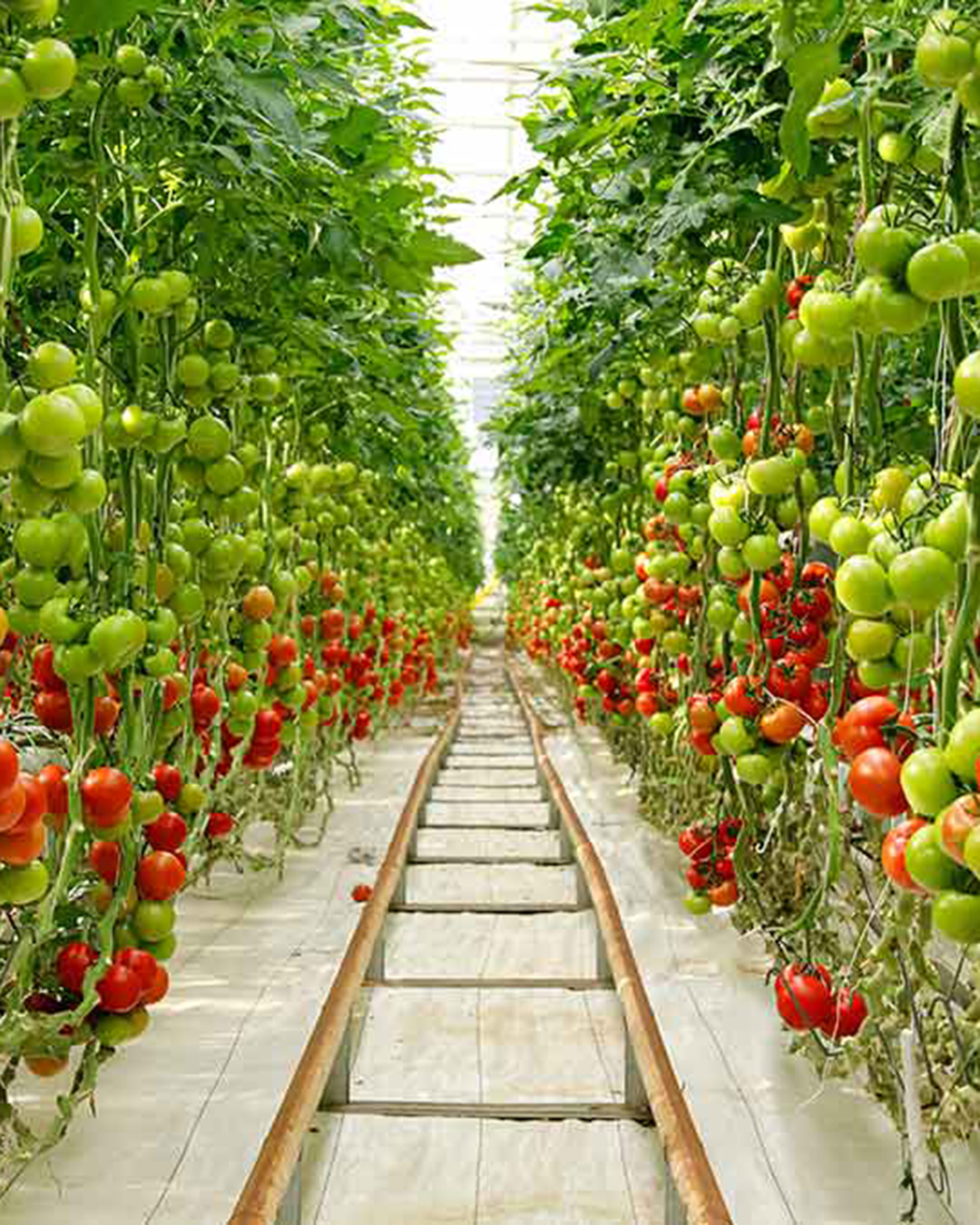
source@cdnfoodfocus
If you want to grow vegetables year-round, investing in a greenhouse is a smart choice. A greenhouse provides a controlled environment that protects plants from harsh weather conditions, allowing you to grow cold-sensitive crops like tomatoes, peppers, and herbs well into the winter months. Even a small, budget-friendly greenhouse can significantly increase your harvest by giving you the ability to start seeds earlier in the season and extend your growing period beyond the typical frost dates. Plus, greenhouses reduce the risk of pests and diseases, leading to healthier plants and more abundant yields.
14. Crop Rotation to Improve Soil Health
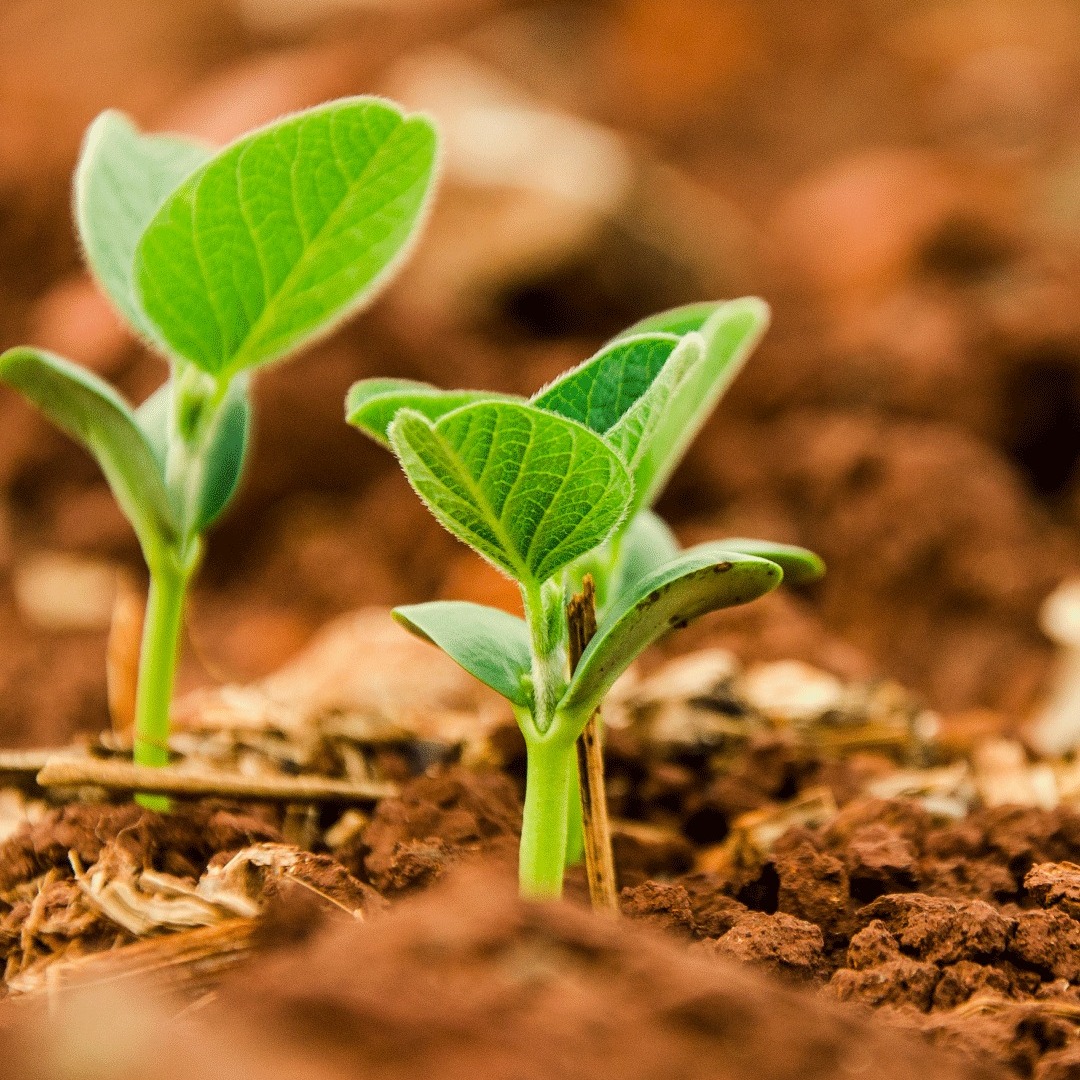
source@syngenta_sa
Crop rotation is essential for maintaining soil fertility and preventing the build-up of pests and diseases. By changing the location of different vegetable families each season, you help balance soil nutrients and reduce problems like root-knot nematodes or fungal infections. For example, if you grew tomatoes in one bed last year, plant beans or leafy greens there this season to replenish nitrogen levels. This simple practice leads to stronger plants, higher yields, and less reliance on chemical fertilizers or pesticides. Keeping a garden journal can help you track your crop rotation plan and make the most of your growing space.
15. Use a Compost System for Natural Fertilization
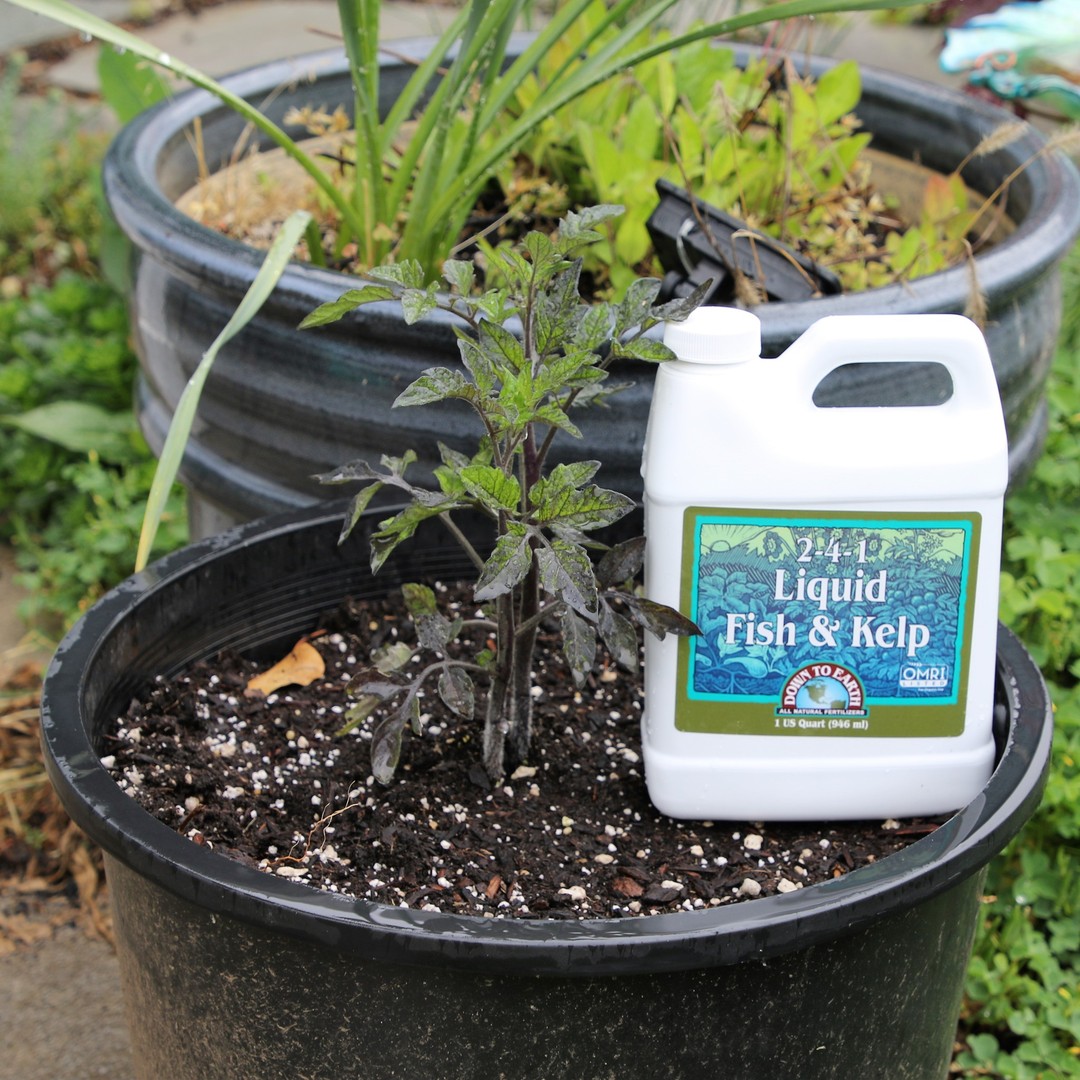
source@downtoearthfertilizers
Healthy soil is the key to a thriving vegetable garden, and composting is one of the best ways to maintain nutrient-rich soil. By recycling kitchen scraps, grass clippings, and fallen leaves into compost, you create an organic, chemical-free fertilizer that enriches the soil and boosts plant growth. Compost improves soil structure, retains moisture, and provides essential nutrients like nitrogen, phosphorus, and potassium. You can invest in a compost tumbler for easy turning or opt for a simple compost bin in your backyard. Either way, incorporating compost into your soil will significantly enhance your vegetable yield.
16. Attract Pollinators for Bigger Yields
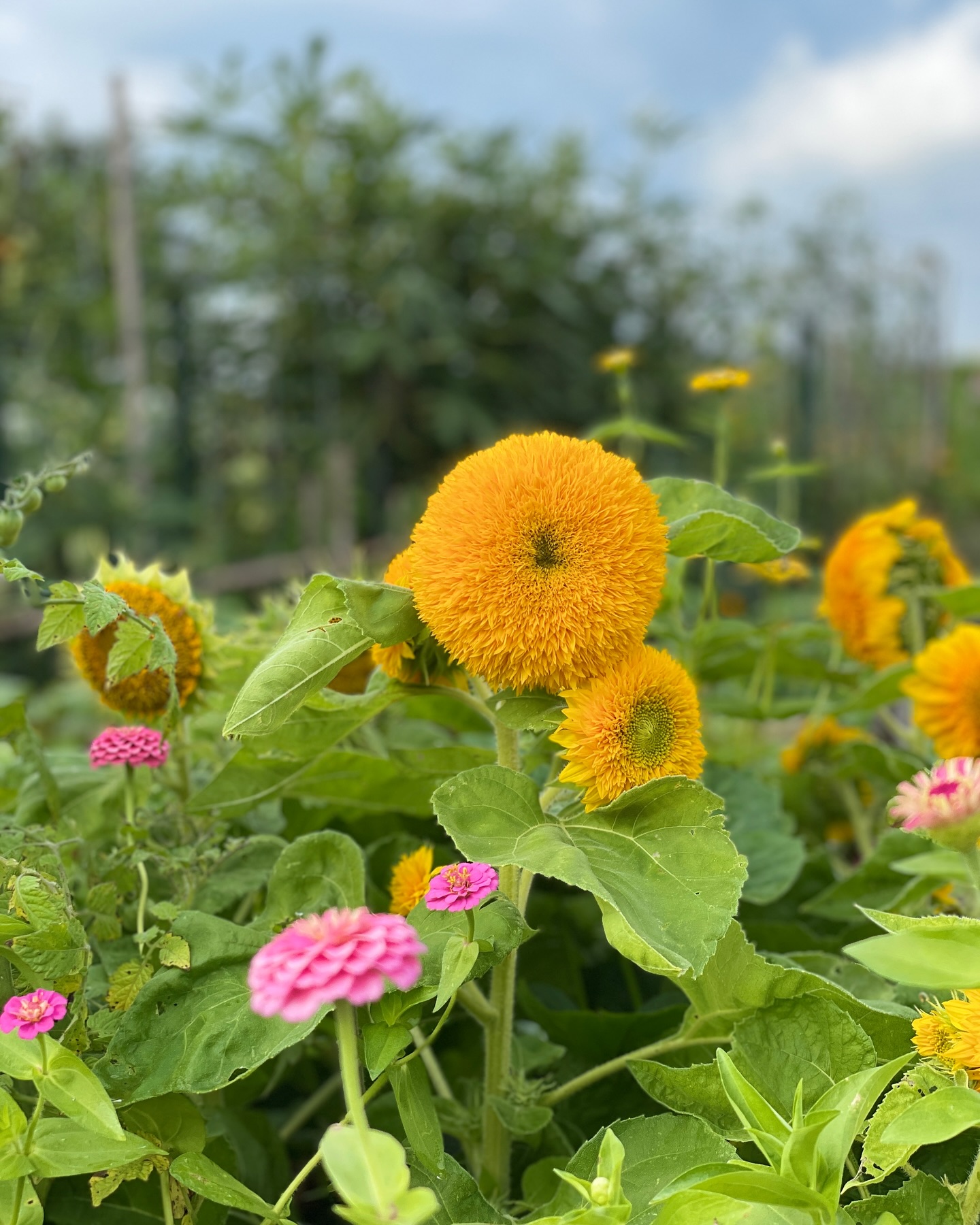
source@reshgala
Many vegetable plants rely on pollinators like bees and butterflies to produce fruit. Without proper pollination, crops like tomatoes, squash, and cucumbers may produce fewer or misshapen fruits. To encourage more pollinators to visit your garden, plant nectar-rich flowers like lavender, sunflowers, and zinnias near your vegetables. Avoid using chemical pesticides, as they can harm beneficial insects. You can also install a bee house or butterfly-friendly habitat to support these essential garden helpers. By making your garden pollinator-friendly, you’ll notice a dramatic improvement in fruit set and overall harvest size.
17. Utilize Reflective Mulch for Better Light Absorption
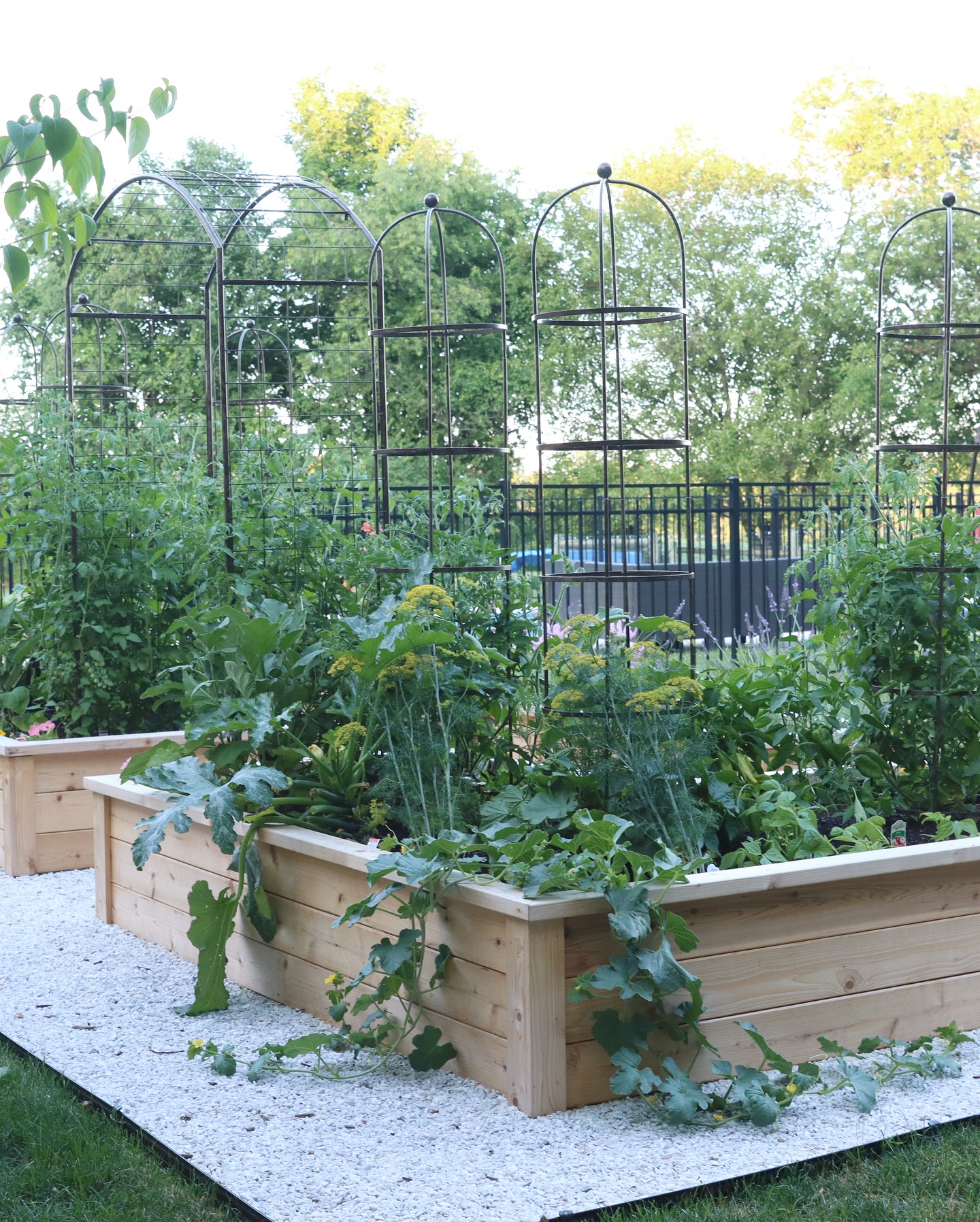
source@reshgala
Reflective mulch is an innovative way to maximize sunlight exposure and improve vegetable growth. Unlike traditional mulch, reflective mulch (often made from metallic or white plastic) helps bounce sunlight back onto plants, increasing photosynthesis and promoting healthier crops. It is especially useful for heat-loving vegetables like tomatoes, peppers, and eggplants. Additionally, reflective mulch can deter pests such as aphids by confusing their sense of direction. Using this method is a great way to boost productivity, particularly in partially shaded gardens where extra light can make a difference.
18. Install Raised Keyhole Gardens for Efficiency
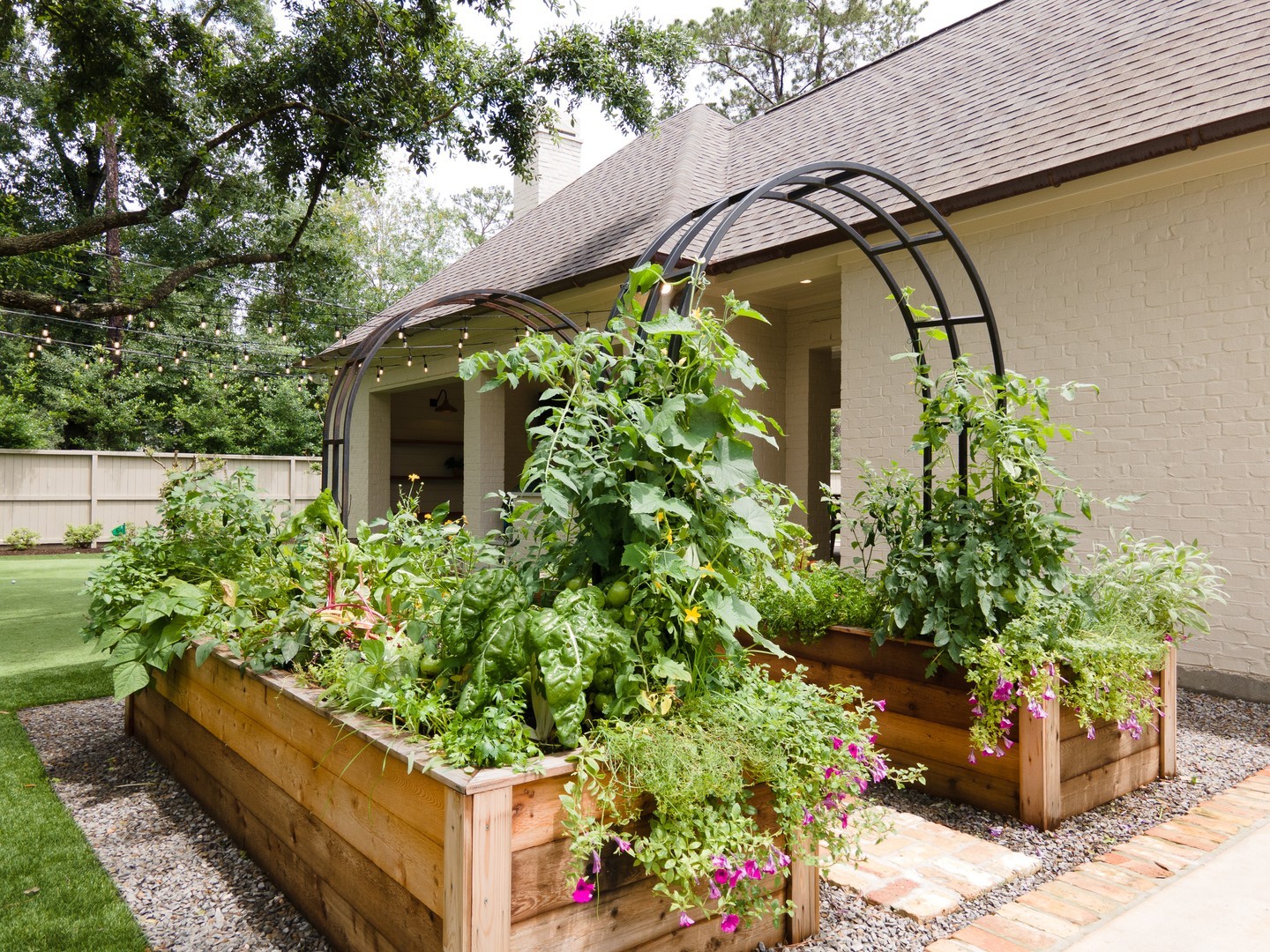
source@rootedgarden
A keyhole garden is a raised, circular garden bed with a small cutout that allows for easy access to all plants. These gardens are designed to be self-sustaining, often incorporating composting materials directly into the soil for constant nutrient replenishment. Originally developed for drought-prone areas, keyhole gardens are excellent for conserving water while maximizing harvests. Their efficient design allows gardeners to plant a variety of vegetables in a small space while ensuring optimal soil health. If you have limited space or poor soil quality, a keyhole garden can be a fantastic solution for boosting productivity.
19. Grow Perennial Vegetables for Long-Term Harvests
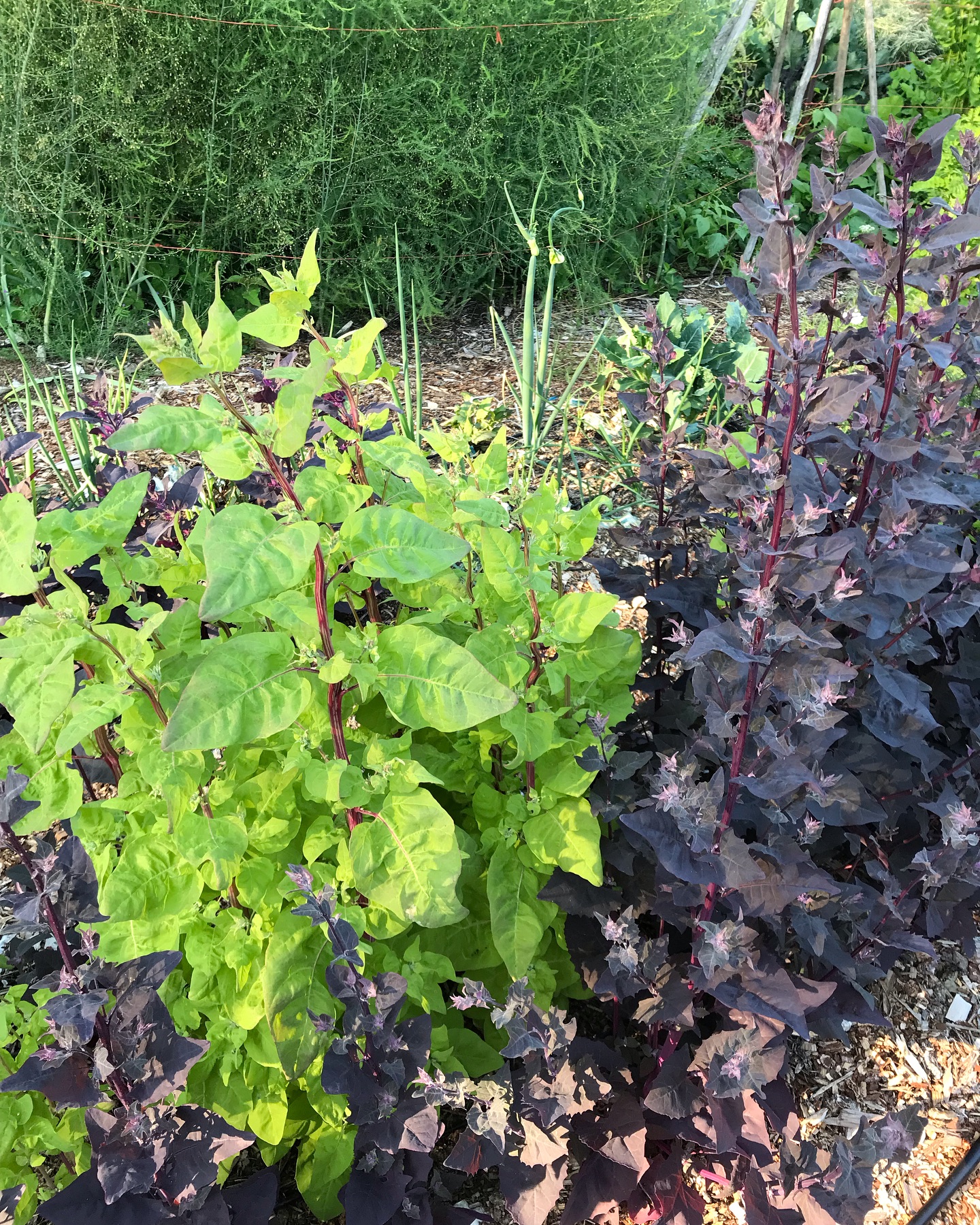
source@cicadaseeds
Most vegetable gardens rely on annual crops that need to be replanted each year, but incorporating perennial vegetables can provide consistent harvests with minimal effort. Perennial crops like asparagus, rhubarb, artichokes, and certain types of kale come back year after year, reducing the need for replanting and soil disturbance. Once established, these plants require less maintenance while offering a steady supply of fresh produce. By integrating perennials into your garden, you create a more sustainable and efficient growing system that continues to yield results for many seasons.
20. Use Smart Gardening Gadgets for Automation
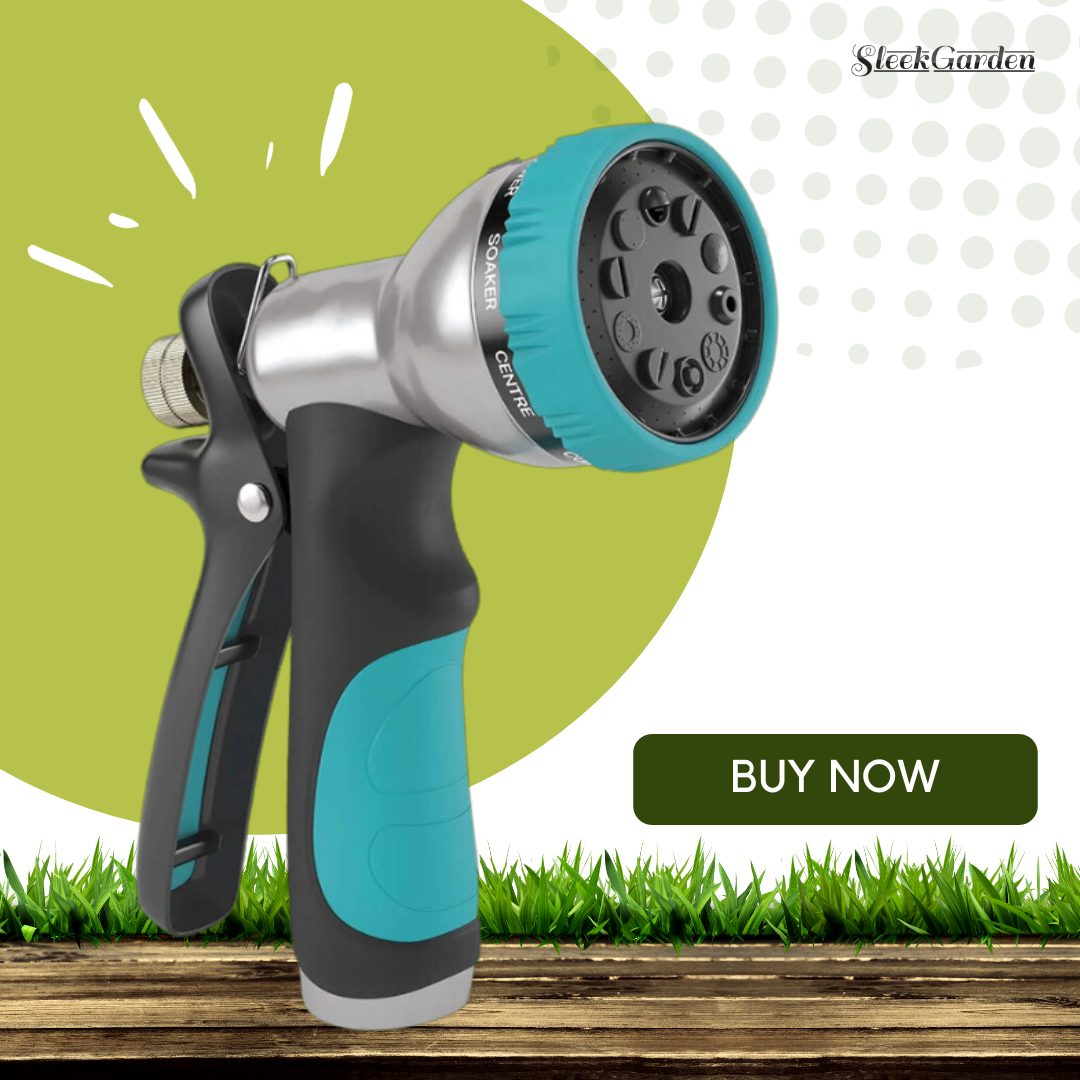
source@sleekgardenofficial
Technology has made gardening more accessible than ever, and smart gardening gadgets can help you maximize your harvest with less effort. Automated drip irrigation systems, self-watering planters, and soil moisture sensors take the guesswork out of watering. Smart grow lights and indoor hydroponic kits allow you to extend your growing season indoors, ensuring fresh vegetables year-round. Even tools like garden planning apps can help you track planting schedules, crop rotations, and companion planting strategies. Investing in these modern solutions can significantly improve your gardening experience and boost overall productivity.

